Product Management News
Medium
305
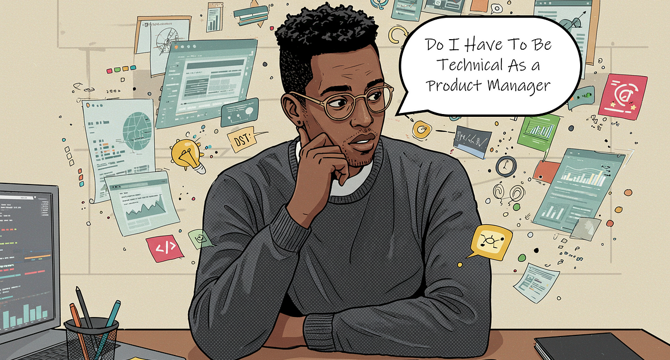
Image Credit: Medium
Do Product Managers Need to Be Technical? Here’s the Real Answer!
- Being a Technical Product Manager (TPM) doesn't necessarily require coding skills, but rather a deep understanding of both product and engineering aspects.
- TPMs bridge product and engineering teams by understanding technical constraints, realistic timelines, and system structures.
- Technical fluency is beneficial for TPMs in API-focused, B2B, dev tools, or internal systems environments.
- While PMs don't need coding skills, grasping technical concepts like API testing and error identification is valuable for effective communication with engineers.
- Understanding technical fundamentals as a PM managing technical products can enhance collaboration and problem-solving.
- Developing technical acumen as a PM involves engaging with engineers, testing processes, reading documentation, and asking questions.
- In conclusion, PMs don't have to be technical experts, but gaining technical knowledge can significantly benefit product management in technical spaces.
Read Full Article
18 Likes
Medium
35

Image Credit: Medium
Intelligent Augmentation: The Future of Product is Human-AI Synergy
- HITL (Human-in-the-Loop) is becoming crucial for AI systems' reliability and quality in various industries.
- Implementing HITL helps manage high-stakes decisions, handle ambiguity, and build user trust through human oversight.
- Tasks can be categorized based on Task Complexity/Ambiguity and Cost of Error to determine the level of human intervention needed.
- Designing HITL systems effectively requires a seamless User Experience (UX) to optimize collaboration between humans and AI.
- Measuring the impact of HITL features involves tracking System-Level Efficiency, Quality and Accuracy, and User Experience & Adoption metrics.
- The future of AI products lies in creating partnerships between human expertise and machine intelligence for optimal outcomes.
- Product Managers need to focus on intelligent augmentation, enhancing human judgment with AI capabilities for better product design.
- Shifting from pure automation to strategic human-AI synergy can lead to more powerful, transparent, and valuable products.
Read Full Article
2 Likes
Medium
13

Streaming for All: Redesigning Netflix to Welcome Older Adults
- Netflix aims to redesign its platform to cater better to older adults aged 60 and up, who may find the current interface confusing and overwhelming.
- Older adults often encounter challenges such as small text and unclear features on digital platforms like Netflix.
- They prefer classic films, documentaries, and shows with clear storytelling, which can be challenging to discover on the platform.
- Proposed changes include a simplified home screen with larger thumbnails and curated playlists for classic films and documentaries.
- Accessibility options will be easily accessible via a dedicated button for adjusting subtitles and audio descriptions.
- A new community section will allow users to engage in reviews, discussions, and trending content.
- The redesign process includes user interface enhancements, accessibility improvements, community tools, onboarding support, and feedback collection.
- Netflix plans to conduct surveys, focus groups, design prototypes, test features with real users, and integrate feedback before the official launch.
- The platform will be rolled out gradually, starting with a beta group, and marketing campaigns will target older adults specifically.
- Monitoring post-launch feedback and usage data will drive ongoing improvements to enhance the user experience.
- The success of the redesign will be measured through engagement, satisfaction, and accessibility metrics.
- By making these changes, Netflix aims to create a more inclusive, accessible, and engaging platform for users of all ages.
- The focus on simplified navigation, personalized content, enhanced accessibility, and community features is expected to attract and retain a wider user base.
- Netflix envisions becoming a streaming service for all ages, fostering connections through entertainment.
Read Full Article
Like
Medium
380
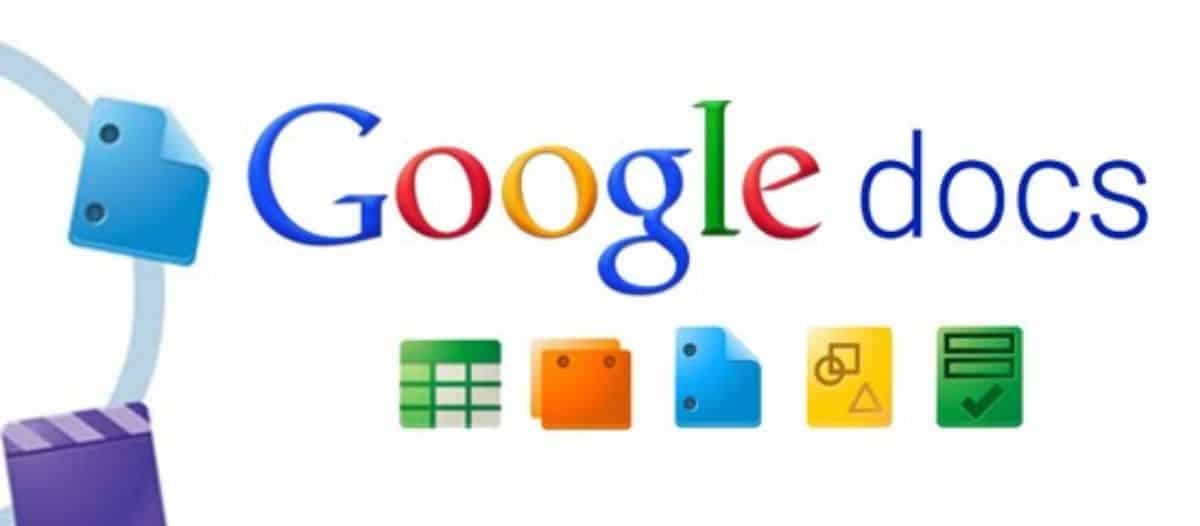
Image Credit: Medium
Google Docs in Schools: A Smart Marketing Strategy for the Digital Classroom
- Google Docs has a significant opportunity in the U.S. K-12 education market due to its cost-effectiveness and collaboration features.
- The platform offers real-time collaboration, secure cloud storage, and seamless integration with other Google tools.
- A multi-channel marketing strategy is proposed, including digital marketing, educational conferences, partnerships, webinars, and case studies.
- Different marketing initiatives like Google Ads campaigns, social media engagement, email marketing, and partnerships with EdTech companies are outlined.
- Investments in webinars, training sessions, and case studies are suggested to showcase the benefits of Google Docs in education.
- The total marketing budget is $750,000, with a sales team requirement of 13 representatives.
- The customer acquisition cost is estimated at approximately $116.93 per school.
- Revenue projections estimate an annual revenue of $7,202,250 if 20% of targeted schools upgrade to G Suite for Education.
- The ROI for this marketing strategy is approximately 370.73%.
- Key actions involve finalizing the marketing plan, allocating resources, executing digital marketing campaigns, and developing partnerships and case studies.
Read Full Article
22 Likes
Discover more
- Programming News
- Software News
- Web Design
- Devops News
- Open Source News
- Databases
- Cloud News
- Operating Systems News
- Agile Methodology News
- Computer Engineering
- Startup News
- Cryptocurrency News
- Technology News
- Blockchain News
- Data Science News
- AR News
- Apple News
- Cyber Security News
- Leadership News
- Gaming News
- Automobiles News
Medium
221
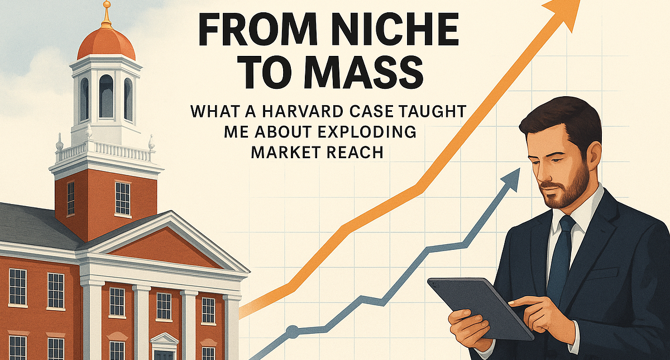
Image Credit: Medium
From niche to mass: What a Harvard business case taught me about exploding market reach
- An analysis of a 2016 Harvard business case studying a consumer app focused on monetization strategies.
- Three viable business models were considered, with one challenging assumptions about product scalability.
- The first model involves offering the product for free, hooking users, and converting a small percentage into paying customers.
- While this model is common for consumer apps, it has a limited reach as it targets a specific group willing to pay for the solution.
Read Full Article
13 Likes
Medium
345
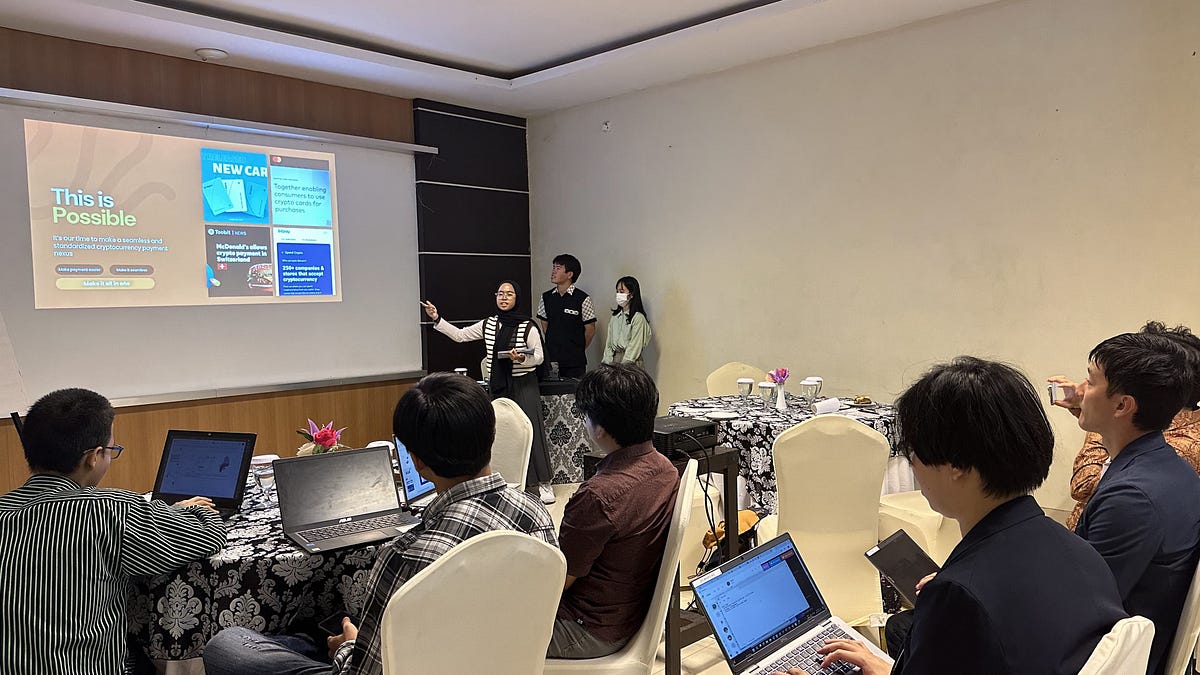
Image Credit: Medium
From Mooshak to Mission: How Design Thinking Helped Me Find My Voice in Tech
- The author's journey in tech began with collaboration in a business case competition proposing a circular economy initiative.
- Working with team members from non-technical backgrounds sparked the author's love for problem-solving through design and teamwork.
- The author pursued learning opportunities in OOP, CS50, and ideathons, leading to projects like 'Cruzpay' and web development classes.
- Engaging with projects like a skincare app landing page and a food recipe app with external APIs boosted the author's confidence in fullstack development.
- Despite facing rejection in a software engineer selection test, the author rebuilt and enhanced the project, learning valuable lessons in resilience.
- Further experiences included building a productivity app, volunteering, participating in tech competitions, and realizing the importance of design thinking.
- The author's involvement in projects like Few-Shot Learning for Skin Cancer Segmentation and leading multiple ongoing projects highlighted the application of design thinking in uncertainty.
- Projects such as predictive traffic analytics and cold storage system design showcased the author's problem-solving approach focused on real human problems.
- Building impactful products like ride-sharing systems and personalized meal plan apps emphasized the author's shift towards empathy and clarity in development.
- The author aims to work at the intersection of tech and human-centered skills, aspiring to create people-centered innovations at Apple Developer Academy.
- Design thinking has been pivotal in the author's journey, leading to a desire to craft meaningful innovations that make a difference in the tech industry.
Read Full Article
20 Likes
Medium
48
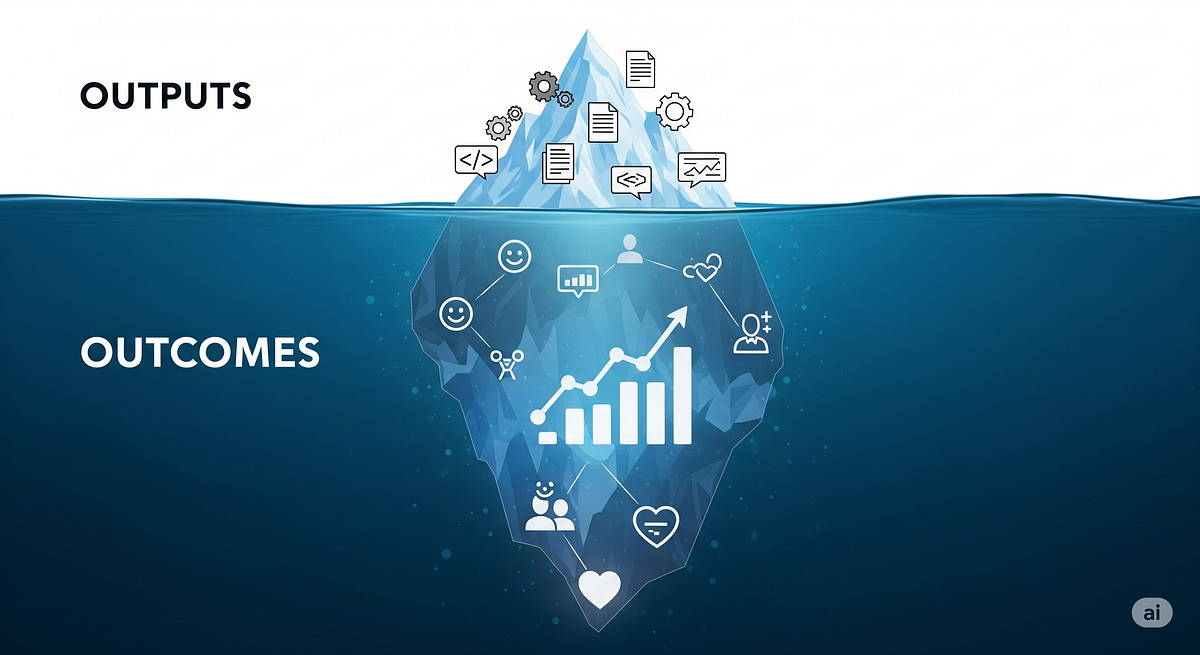
Image Credit: Medium
We’re Building at Light Speed, But Learning at Human Speed
- We are currently experiencing a rapid pace in generating various outputs such as features, content, and code due to technological advancements like AI, rapid deployment pipelines, and low-code platforms.
- The concern arises regarding the meaningful outcomes derived from this surge in outputs, questioning whether they are translating into desired results like customer satisfaction, process efficiency, and improved business performance.
- The author highlights that outcomes cannot be forced to materialize at the same speed as outputs as they involve people, behaviors, and complex system interactions, requiring adoption and a genuine shift in the status quo.
- While fast output generation is essential, the focus should be on strategically deciding what to build and when to pivot to ensure that the end results meet the intended goals.
- The message is not about slowing down development but about being more thoughtful and strategic in the creation process to ensure that technology ultimately benefits users and solves their underlying problems.
- The author invites readers to engage in discussions regarding how technology can be effectively utilized to serve people better and create positive impacts in the world.
Read Full Article
2 Likes
Medium
163
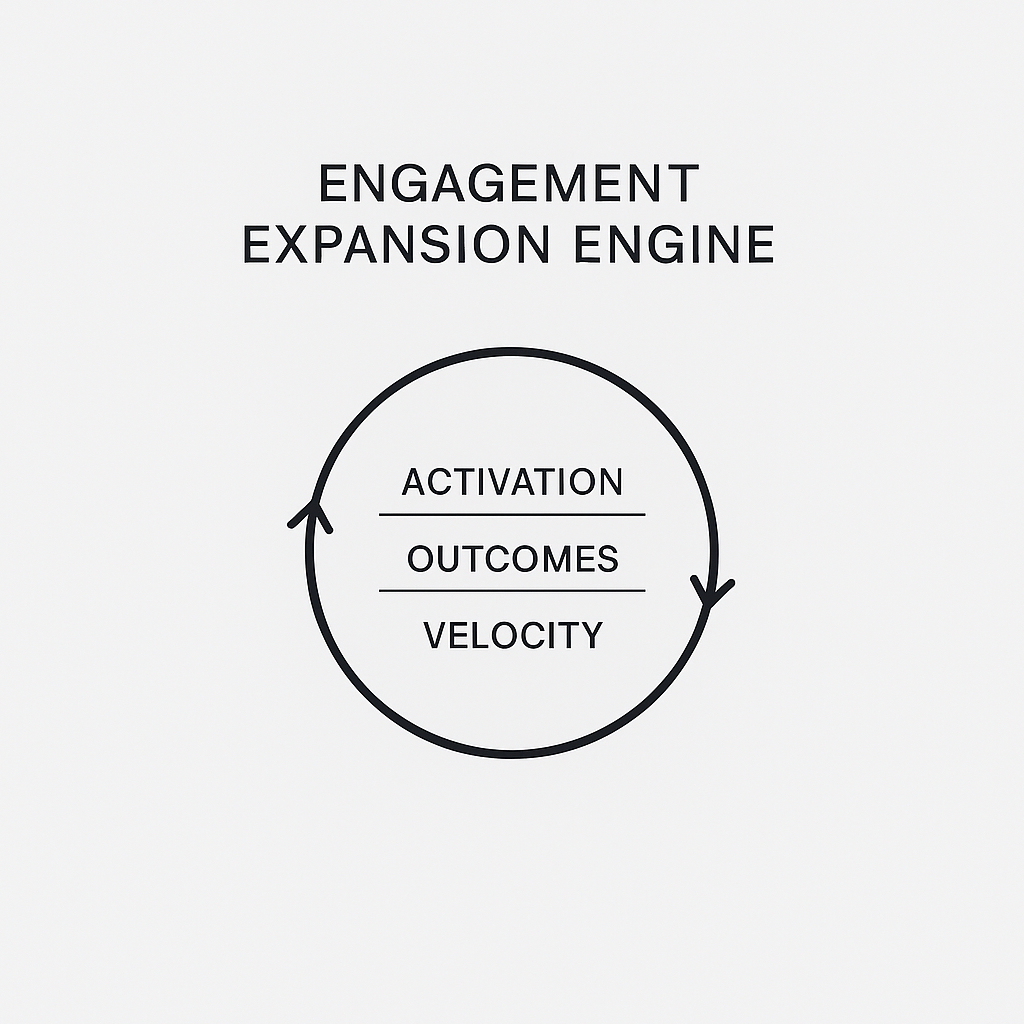
Image Credit: Medium
The Engagement Expansion Engine
- In the SaaS cloud era, activation was already essential for driving retention and engagement, making it crucial for PLG companies.
- Monetization in the AI-driven era is shifting towards usage-based pricing, with activation now impacting revenue more profoundly than ever before.
- Activation, not onboarding, delivers value, especially with modern AI experiences providing instant value to users.
- User engagement is a key growth lever, with activation feeding engagement to impact the P&L.
- The Engagement Expansion Engine decouples growth strategies from account numbers, focusing on engagement through product usage.
- Key strategies for boosting engagement include use case transition and deep workflow integration within tools.
- AI demands full responsibility for user outcomes, with a focus on delivering valuable outcomes to drive long-term engagement.
- High quality outcomes drive user engagement and revenue growth in the AI-driven era.
- Deep workflow integration and leveraging proprietary data are crucial for superior outcomes and engagement.
- AI-native companies leverage high velocity and rapid decision-making to outcompete non-adapting rivals.
Read Full Article
9 Likes
Medium
17

TikTok’s Algorithmic Magic: How Content-First Thinking Built a $100 Billion Social Empire
- TikTok, launched in 2016 by ByteDance, has 700 million daily active users and 8 billion daily video views.
- The platform's success is attributed to its algorithm engine, including the For You Page and AI personalization.
- Users spend an average of 95 minutes daily on TikTok due to its engaging algorithms.
- TikTok's PMs initiated the 2024 '#TikTokMadeMe' campaign, showcasing algorithm-driven cultural moments.
- The 'Magic Algorithm' personalizes feeds by analyzing over 100 signals for addictive experiences.
- AI on TikTok balances viral and niche content to keep the platform fresh and inclusive.
- A six-step framework is suggested for PMs to build algorithm-driven platforms like TikTok.
- TikTok's success highlights the importance of monitoring user feedback to prevent addiction and harm.
- The 2024 '#TikTokMadeMe' campaign garnered 15 million views and 600,000 new users.
- TikTok's algorithmic approach emphasizes content-first thinking and AI integration.
- PMs are encouraged to align algorithms with cultural trends for sustained virality and user engagement.
Read Full Article
1 Like
Link In Bio
61

Image Credit: Link In Bio
The ABCs of Notion's B2C2B influencer strategy
- The article discusses Notion's B2C2B influencer strategy as explained by Danielle Ito, Head of Influencer at Notion.
- It explores showcasing UI, engaging audiences, and reaching both B2C and B2B communities through influencers.
- Danielle shares her career journey, philosophy on influencer marketing, and the impact of not having a physical product on their strategy.
- She emphasizes a creator-first mindset and the unique opportunities with a product like Notion.
- The role of influencer marketing at Notion involves creating relatable use-cases to encourage user engagement.
- The article also mentions strategies for working with B2B and B2C influencers, sourcing creators, and tools like ManyChat.
- Danielle discusses the Notion For Creators Program and shares insights on influencer briefs and utilizing platforms like LinkedIn.
- She highlights the importance of supporting creators' projects and predicts a trend of diversification in providing value to audiences.
- Key takeaways include focusing on 'a-ha' moments, leveraging tools for engagement, and the significance of collaboration in influencer marketing.
- The article offers valuable insights into the evolving landscape of influencer marketing and creator collaborations.
Read Full Article
1 Like
Medium
40
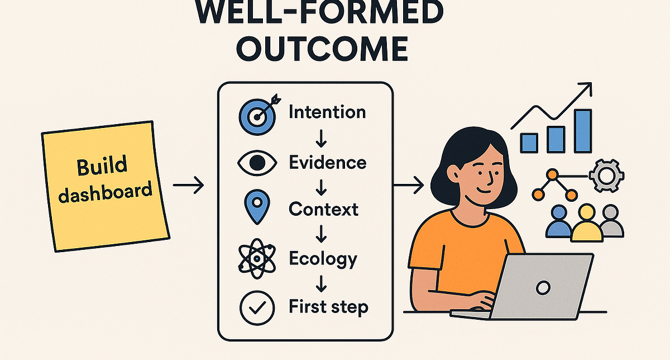
Image Credit: Medium
From Features to Transformation: Using NLP’s Well-Formed Outcomes in Product Development
- NLP's well-formed outcomes offer a structured approach to modeling success in product development.
- Well-formed outcomes in NLP provide specific, embodied, and structured goals for product development.
- They help define success, measure it, and fit it within the larger system, shifting the way teams define value.
- Well-formed outcomes transform vague goals into shared clarity by changing how intent is modeled.
- By applying the well-formed outcome structure, product teams gain autonomy, alignment, and a clear path to action.
Read Full Article
2 Likes
Medium
292

Powerful Benefits of Using Project Management Software for Smarter Team Performance
- Project management software provides a centralized platform for organizing project information, leading to reduced miscommunication and improved alignment within teams.
- Features like threaded discussions and real-time updates enhance communication and transparency, enabling quicker decisions and smoother execution.
- Granular task management tools such as priority tags and task dependencies help teams stay focused, improve accountability, and reduce missed deadlines.
- Visual aids like Gantt charts translate complex plans into clear roadmaps, allowing teams to track progress, identify dependencies, and adjust schedules proactively.
- Resource dashboards assist in efficient allocation of roles based on availability and skills, optimizing resource utilization and preventing burnout.
- Live dashboards offer real-time insights into task status, budget health, and potential delays, promoting proactive management and better alignment with strategic goals.
- Linking task progress to time logs and budget data helps manage costs dynamically, ensuring financial discipline and alignment with performance delivery.
- Centralized platforms facilitate management of approvals, records, and compliance, while automated features maintain data integrity and access control.
- Project management software streamlines collaboration, accountability, and reporting, leading to faster delivery of quality work and increased client satisfaction.
- Adopting modern project planning tools enhances organizational clarity, agility, and delivery performance, positioning a team as a strong competitor in any market.
- Taskgroup software helps bridge planning and execution gaps, enabling focused collaboration, precise tracking, and smarter decision-making for project success.
Read Full Article
17 Likes
Logrocket
119

Image Credit: Logrocket
How agile became a checkbox exercise, and how to get unstuck
- Agile was born with the promise of making teams faster, more adaptive, and more aligned, but has lost its edge over time.
- Many organizations treat agile as a checkbox exercise, leading to stagnation and lack of progress.
- Rituals and ceremonies in agile can become hollow when driven more by habit than reflection.
- Symptoms of process fatigue include backlog bloat, fake velocity, low morale, and ceremony saturation.
- Diagnosing the root causes of agile dysfunction involves addressing process inertia, misunderstood metrics, and detached ceremonies.
- Treating the agile process as a product can lead to improved outcomes and a focus on learning over metrics.
- Reimagining agile involves prioritizing outcomes over outputs, learning over velocity, and clarity over cadence.
- The team's involvement and co-creation of the agile process are essential for its success.
- Resetting agile in phases through auditing, prioritizing, experimenting, and scaling can lead to improvement.
- Agile should prioritize impact over imitation, focusing on solving real problems and delivering meaningful products.
- The key is to approach agile with intentionality, fostering a culture of reflection, honesty, and adaptability.
Read Full Article
7 Likes
Medium
332
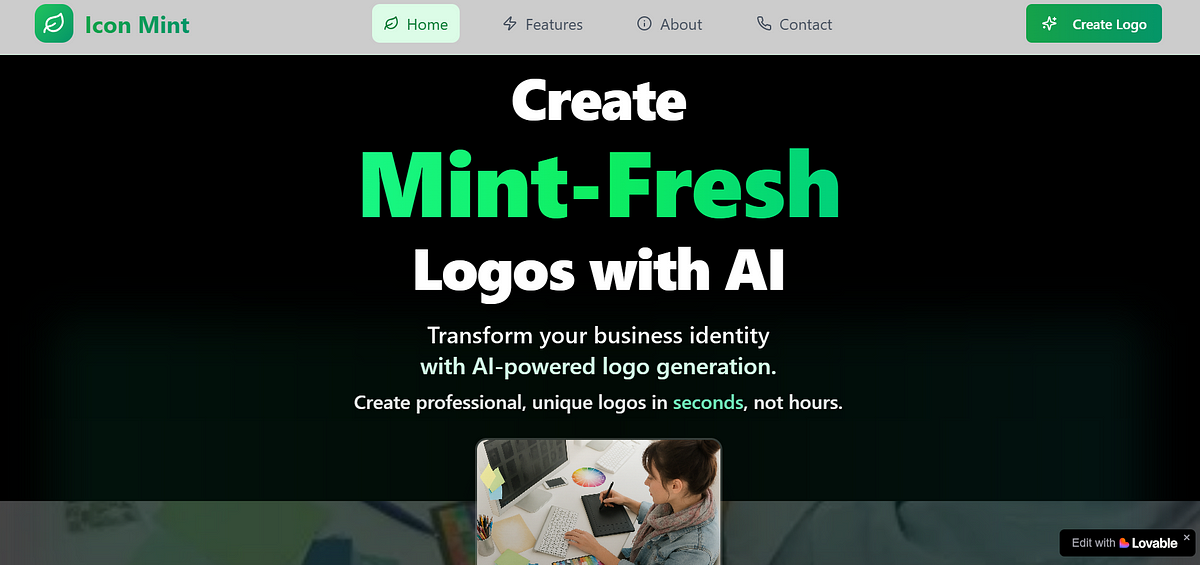
Image Credit: Medium
Ready to create something lovable today!
- The author experimented with Lovable and found it impressive, leading them to build a new product using Open AI, Anthropic, and Gemini models during a free weekend offer.
- They chose to create an AI logo generator called Icon Mint using the Anthropic model, emphasizing the importance of logos for branding.
- The application allows users to create, preview, customize, and receive AI chat assistance for logo design.
- The author found the Anthropic model effective in context understanding, providing precise results quickly.
- However, there were some issues with the model not consistently reflecting resolved problems in the UI.
- The author is working on expanding Icon Mint's features.
- Lovable is a suitable platform for bringing ideas to life.
- Creating logos is crucial for a business's identity and brand perception.
- Building MVPs based on unique ideas can be facilitated by AI logo generators like the one created.
- The article provides insights into using AI models for product creation and design.
- Framework for designing a product's logo using AI technology is highlighted.
- The author shares a link to the logo-generating application, Icon Mint.
- The free weekend offer allowed the author to experiment with different models and technologies.
- Anthropic model's pros and cons, including effective context understanding and prompt response delivery, are discussed.
- The article showcases the author's experience in leveraging AI models for product development.
- The application offers customization options for colors, fonts, styles, and layouts of the generated logos.
Read Full Article
19 Likes
UX Design
154
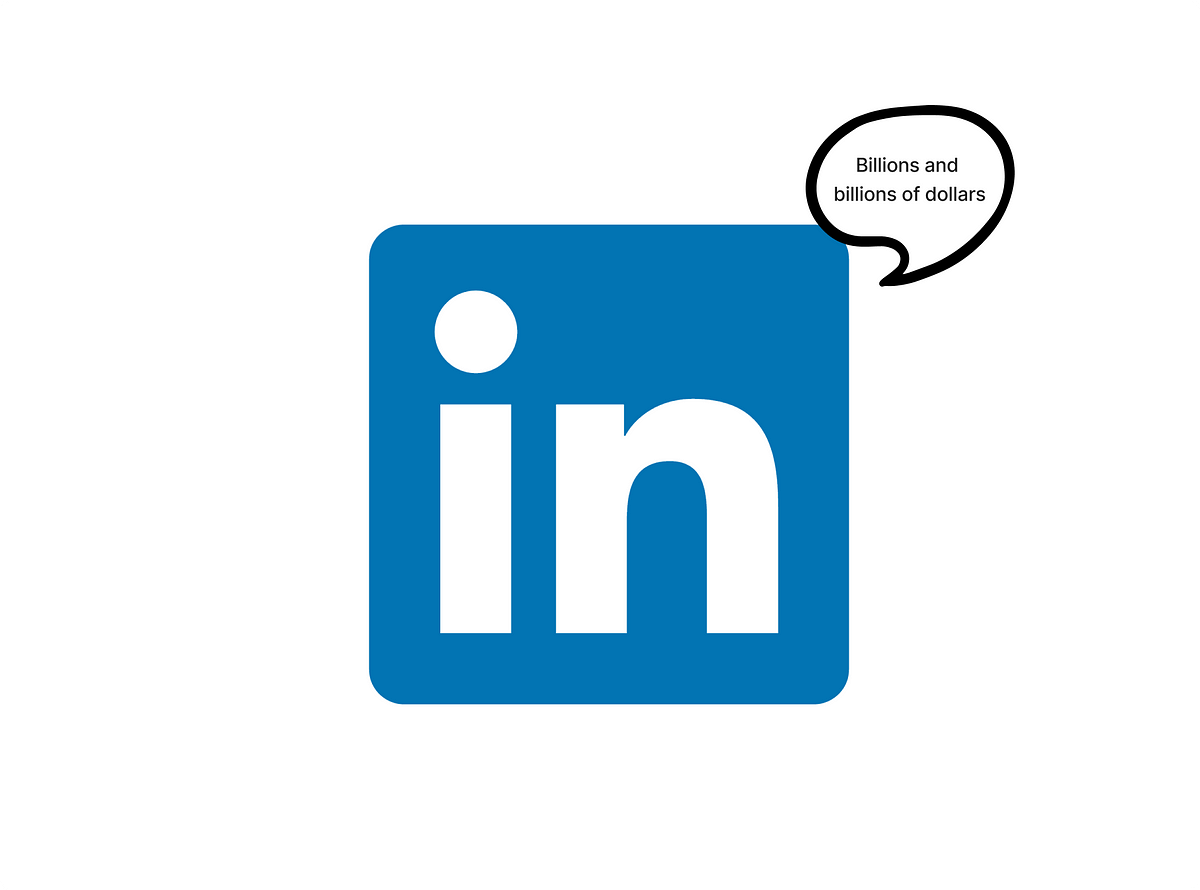
Image Credit: UX Design
How LinkedIn passed $2bn in subscription revenue
- LinkedIn reached a milestone of $2 billion in Premium subscription revenue, marking a 50% increase in just two years.
- The platform has 1 billion users across 200 countries, with increasing engagement as comments have risen by 37%.
- Despite being considered a mature company, LinkedIn's growth challenges the notion of plateaued growth.
- To continue growing, mature companies usually need to reconnect with their target audience, explore new markets, or enhance their offerings.
- LinkedIn's growth was fueled by features, particularly AI implementations.
- The subscription revenue success showcases LinkedIn's ability to evolve without significant changes to its core audience.
- LinkedIn's growth strategy involved leveraging features and technology, such as AI, to drive engagement and revenues.
- The platform defied the notion that growth is limited for mature companies, highlighting the impact of innovation and strategic approaches.
- The achievements demonstrate LinkedIn's competitiveness in the evolving digital landscape and its adaptability in capturing new opportunities.
- LinkedIn's success in subscription revenue underscores the importance of continuous innovation and user engagement in sustaining growth.
- The company's growth trajectory serves as a model for mature firms looking to reignite expansion without drastic transformations.
- LinkedIn's experience emphasizes the role of technology and user-centric features in driving revenue and expanding market reach.
- The company's ability to leverage AI and other advanced tools showcases the significance of technological advancements in fostering growth.
- LinkedIn's achievement in subscription revenue growth highlights the resilience and adaptability of established companies in the digital era.
- The success story of LinkedIn's revenue growth provides insights into innovative strategies for companies aiming to revive growth in competitive markets.
Read Full Article
9 Likes
For uninterrupted reading, download the app